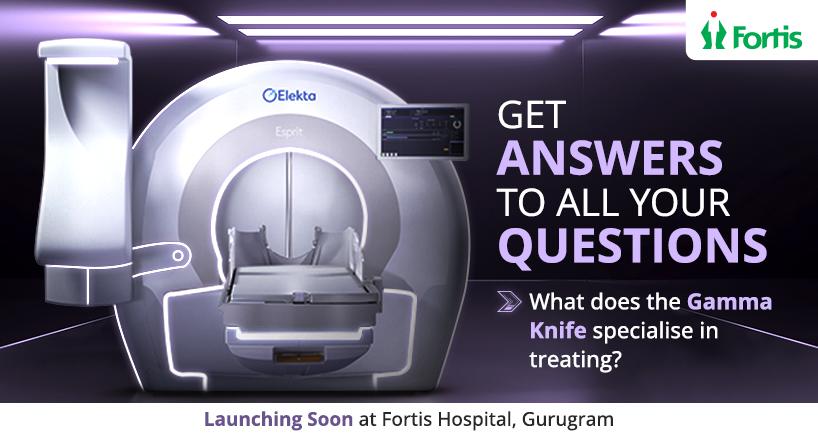
What does the Gamma Knife specialise in treating?
Gamma Knife surgery stands as a pinnacle of precision in modern medical technology, offering specialised treatments for a range of neurological conditions. This non-invasive procedure utilises focused radiation beams to target and treat specific areas within the brain with unparalleled accuracy. In this article, we will delve into the specialized treatments that Gamma Knife surgery excels in, highlighting its effectiveness in addressing various neurological conditions.
1: Meningiomas: Gamma Knife surgery offers a highly effective treatment option for meningiomas, whether they are benign or malignant. This advanced technique enables precise targeting of meningioma cells while minimizing radiation exposure to surrounding healthy brain tissue. Particularly advantageous for meningiomas located in critical or difficult-to-access areas of the brain, Gamma Knife surgery provides patients with reduced risk and improved outcomes. By delivering focused radiation therapy with unparalleled accuracy, Gamma Knife surgery offers hope and confidence to individuals facing meningioma diagnosis, ensuring optimal treatment with minimal impact on their overall brain function and quality of life
2: Brain Tumors: Gamma Knife surgery is highly effective in treating both benign and metastatic brain tumors. It allows for precise targeting of tumor cells while minimizing radiation exposure to surrounding healthy brain tissue. This precision is particularly beneficial for tumors located in critical or hard-to-reach areas of the brain, offering patients a treatment option with reduced risk and improved outcomes.
3: Arteriovenous Malformations (AVMs): AVMs are abnormal tangles of blood vessels in the brain that can lead to serious health risks, including hemorrhage and neurological deficits. Gamma Knife surgery provides a non-invasive method to target and treat AVMs by delivering focused radiation to the malformation, causing it to gradually shrink and reduce the risk of bleeding or other complications.
4: Acoustic Neuromas: Acoustic neuromas are non-cancerous tumors that develop on the vestibulocochlear nerve, which is responsible for hearing and balance. Gamma Knife surgery can be used to precisely target and shrink these tumors, preserving hearing function and reducing the risk of complications associated with surgical removal.
5: Pituitary Adenomas: Pituitary adenomas are benign tumors that develop in the pituitary gland and can cause hormonal imbalances and other symptoms. Gamma Knife surgery offers a minimally invasive approach to treat pituitary adenomas by targeting the tumor with focused radiation, often leading to tumor shrinkage and symptom improvement without the need for traditional surgery.
6: Trigeminal Neuralgia: This chronic pain condition affects the trigeminal nerve, causing severe facial pain that can be debilitating. Gamma Knife surgery offers a targeted approach to treat trigeminal neuralgia by delivering radiation to the nerve pathways responsible for transmitting pain signals, effectively alleviating pain symptoms in many patients.
7: Movement Disorders: Gamma Knife surgery has also shown promise in treating certain movement disorders, such as essential tremor and Parkinson's disease. By targeting specific brain regions associated with these disorders, Gamma Knife surgery can help alleviate symptoms and improve quality of life for patients.
Gamma Knife surgery's specialisation in treating a wide range of neurological conditions underscores its significance as a revolutionary medical technology. From brain tumors to vascular malformations and neurological disorders, Gamma Knife surgery offers patients precise and effective treatment options with minimal risk and optimal outcomes. As the field of neurosurgery continues to advance, Gamma Knife surgery remains a beacon of hope for patients seeking specialised and targeted therapies for complex neurological conditions.
Categories
Clear allMeet the doctor

- Neurosurgery | Neurosurgery
-
27 Years
-
2000



















